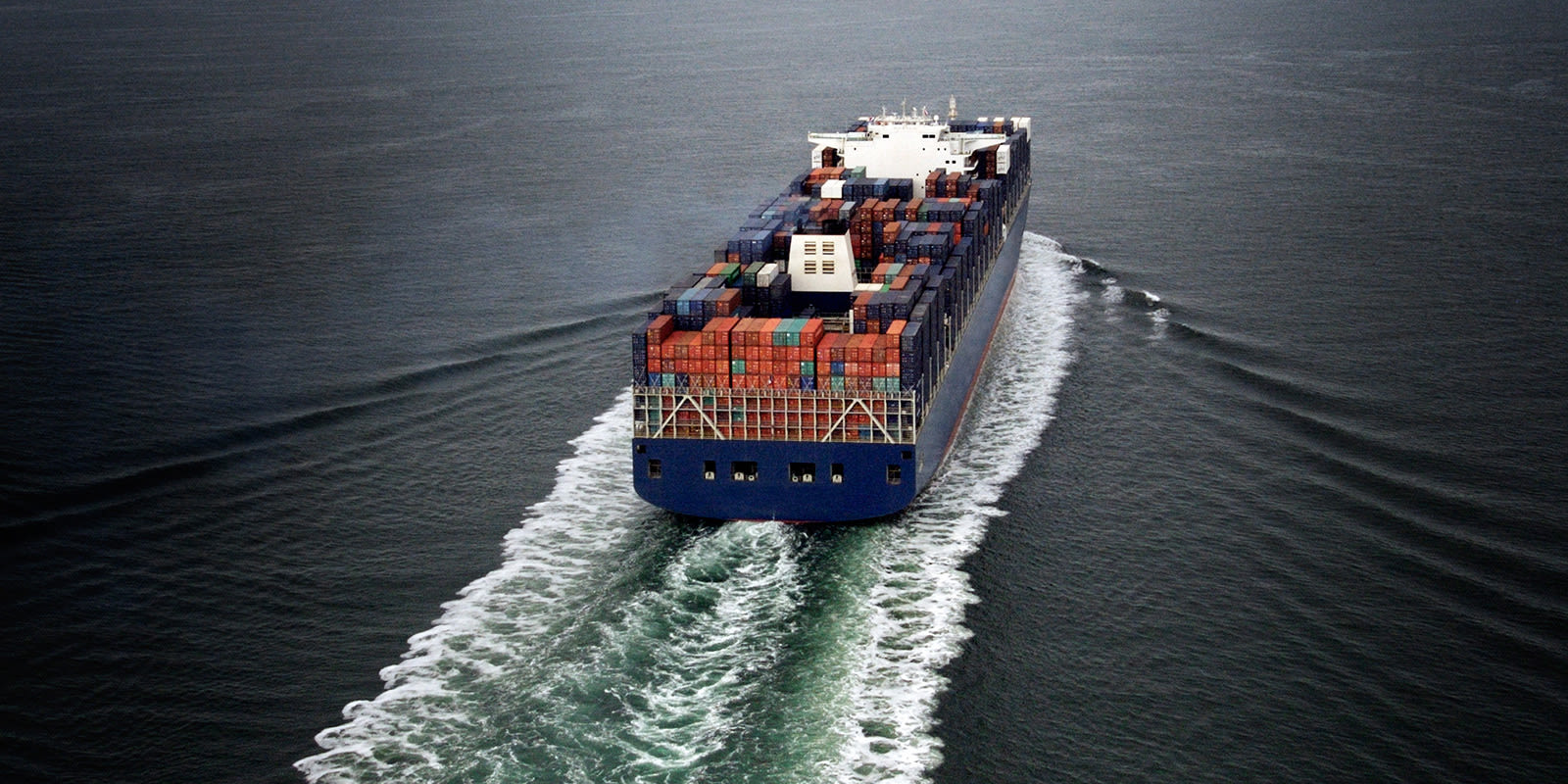
December 22, 2020
A Deep Dive Into the UK Freight Market and How to Plan for 2021
Tags:
A Deep Dive Into the UK Freight Market and How to Plan for 2021

December 22, 2020
The challenges and volatility of 2020 have wreaked havoc on the global freight market. Port congestions, reduced shipping services, a lack of trucking capacity, a rapid escalation of container prices, and the uncertainty surrounding Brexit have put even more strain on the supply chain in the UK. To delve more deeply, Flexport recently gathered industry experts to discuss that region’s situation and ways to address the concerns.
What Is Happening?
Since the Covid-19 crisis began, it has hit every aspect of the global supply chain. A constrained Far East Westbound (FEWB) market and equipment shortages have caused rising spot rates and limited airfreight capacity. This will likely continue as the world scrambles to distribute a vaccine. In the UK, the problems are even more stacked up with heavy port congestion, limited trucking capacity, and the pending uncertainty of Brexit.
Since factories began to close in February, there was a dramatic shift in demand, and as a result, ocean carriers began a program of blank sailings. At the same time, significant equipment and infrastructure challenges on the Far East trade lane have raised the spot rate of FEWB to the tune of 150% since November.
“It’s important to bear in mind that this price doesn’t include equipment or space guarantee—it is an added cost,” notes Christoph Baumeister, Flexport’s Senior Manager for Ocean Trade Lane Management.
A similar picture can be seen in trucking. Ocean carriers are bypassing the UK ports, due to congestion, and unloading in Europe instead. That means UK containers have to be forwarded either by truck or barge across the channel and North Sea. The impact is significant and goes beyond just time and money.
“Some UK ports aren’t accepting empty containers anymore, which forces the need to store them inland and occupy more trucks,” explains Hoite van der Velden, Flexport Senior Manager, Europe Intermodal.
How Will Brexit Impact the Situation?
With still no consensus on whether a deal will be reached by the deadline, Brexit is likely to cause further disruption in 2021.
“The last few weeks of the year will be crucial for businesses to prepare and understand their obligations for import and export as more information becomes available,” cautions Jamie Houlihan, Global Customs Lead for Europe at Flexport. “One trend that may be useful to consider is the adoption of fulfilment models to treat the UK as its own trading bloc—a strategy we’ve seen Amazon employ recently,” adds Houlihan.
How to Prepare for What Lies Ahead
To keep business moving despite the challenges in the supply chain, Flexport urges UK importers to consider three things:
(1) Be Flexible
With trucking now more of a bottleneck than warehousing, flexibility is critical. Those who are the most responsive and adaptable to the market will always fare best. In terms of trucking, one option is to arrange flexibility at the receiving warehouse and implement wider daytime delivery slots or night delivery, while demand is lower.
(2) Choose Alternative Routings
Based on what is happening at the ports right now, it seems that many carriers are considering the UK mainly as an out port and are likely to limit the number of direct shipments per week. One option: Plan to ship from a main European port to alternative smaller ocean ports in the UK like Tilbery, Bristol, Thames Port, and Liverpool.
(3) Accept Longer Lead Times
While rates remain sky-high, businesses need to evaluate their industry positions and think about what they need to ship in the short term. Christos Chamberlain, Flexport Director of Accounts and UK General Manager, advises booking as soon as possible for the best chance of securing equipment and space. He also recommends against last-minute changes to booking as this delays the release process from the carrier.
Looking Ahead to 2021
The challenges of this year are likely to persist into the first quarter of 2021. This year, for example, there are 500,000 fewer containers available in Asia compared to previous years. For the UK, the long-term perspective will depend on several variables: the Brexit outcome, the blanking program that carriers implement, and if port congestion can be cleared by the second quarter.
Within the mountain of pressures and challenges on UK freight, the biggest takeaway is flexibility. Even in best-case scenarios, it is highly likely the disruption will continue (and possibly get worse) as 2021 unfolds. Businesses dealing with the UK will need to consider how to grapple with circumstances to best optimize their supply chains.
Tune in to the full recording of the webinar to learn more.
About the Author

December 22, 2020


